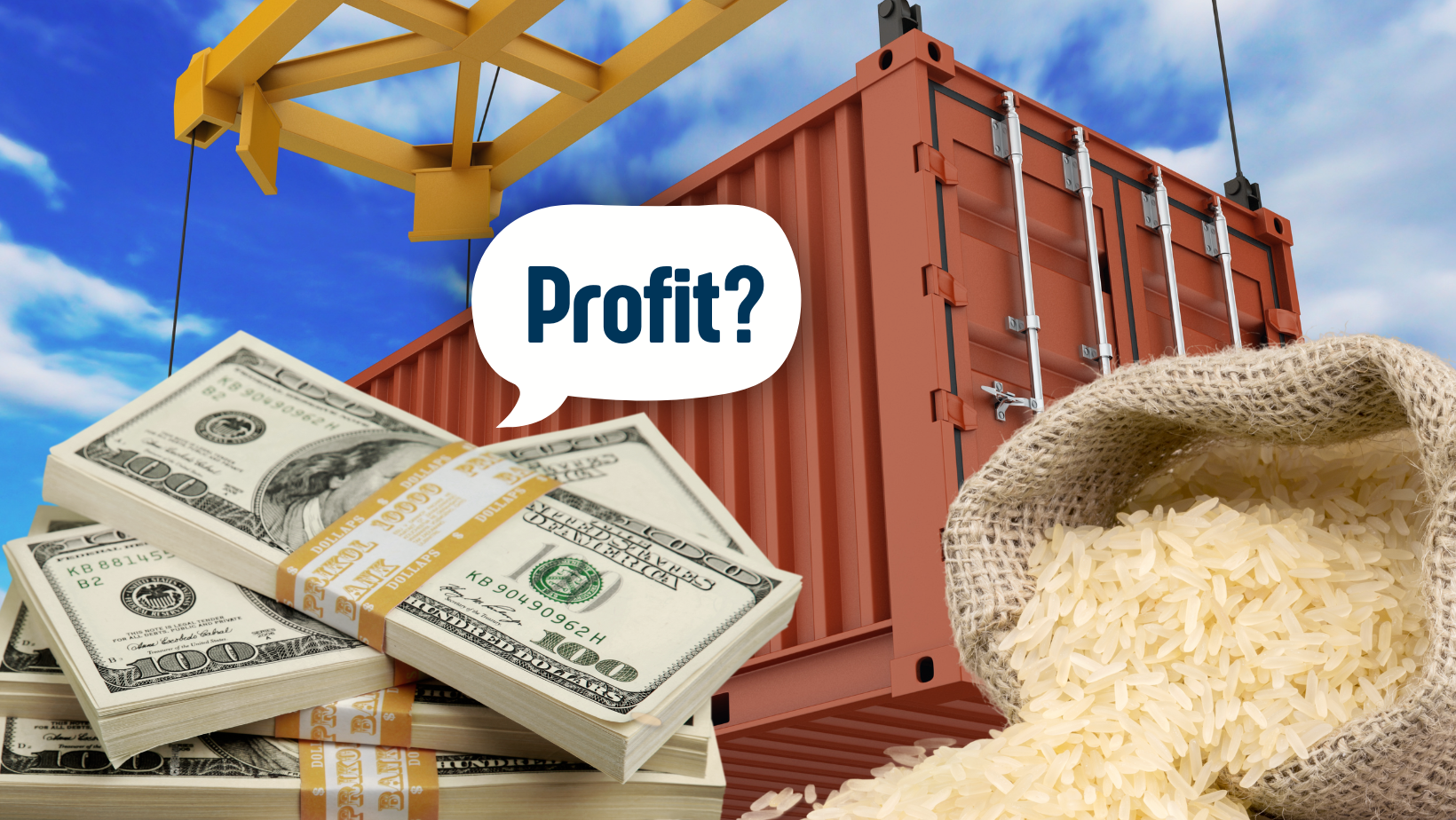
Hello Fellow Exporters, Today let’s get down to the nitty-gritties of shipping just one container of rice. But not just any rice, we’re talking fancy Varieties of Rice – Basmati, Sona Masuri, the VIP’s of rice.
Understanding Containers
Now, let’s take a step back and understand the vessels that carry these golden grains – the containers! These standardized cargo boxes play a pivotal role in international trade. They offer a secure and standardized way to transport goods, protecting them from the elements and ensuring efficient handling during loading and unloading.
Why should you select 20 Feet Container?
Among the various container sizes available, you might be wondering why the a preference for the 20 feet container. Well, it’s not arbitrary. The 20-foot container, often known as the standard or dry container, strikes a balance between capacity and practicality. It’s versatile, cost-effective, and fits seamlessly into various modes of transportation – be it ships, trains, or trucks. This standardized approach simplifies logistics and ensures a smooth transition of goods across different transportation mediums.
Think about it: one container holds a whopping 25,000 kilos, or 26 tonnes, of rice. That’s a lot of fluffy goodness, whether packed in those standard 50 KG bags or the fancy 18 KG or 5 KG options. Super versatile, right?
But who buys just one container of rice? Not your average rice fanatics. Generally premium Rice Varieties like Basmati, Sona Masuri, Kolam, RNR, you name it get exported in One container. Importer who have their premium brands and are willing to pay a pretty penny, for containers shipment
Let’s talk about the Cost of this whole Shipment!
Depending on the rice and your negotiation skills one container, can bring a profit of anywhere between $5 to $20 per tonne. Please do the math, and that’s a potential profit of rupees 10,250 for a 25-tonne container assuming everything goes swimmingly and the exchange rate cooperates, as it’s an international trade. If you want to know more about costing and how to do it please check out our blog: How To Make The Best Pricing Strategy And Costing In The Export Business.
Now, the financial nitty-gritty. Say you’re looking at Sona Masuri rice at ₹40 per KG. Your investment, including bags, handling charges, shipping, and inspections, could be around ₹45 per KG. So, for a 25,000 KG container, you’re looking at an investment of ₹11.25 lakhs.
But please Note: Due to government regulations implemented in 2024 aimed at controlling food prices, rice exports from India are currently facing an additional cost on any rice shipments. These costs include:
- Minimum Export Price (MEP): This applies specifically to basmati rice varieties. The MEP sets a floor price below which exports are discouraged. The current MEP for basmati rice is under review by the government, but it may be around $850 per tonne.
- Export Duty: A 20% export duty is levied on parboiled rice. This duty is intended to make parboiled rice exports less attractive, thereby ensuring domestic availability.
These regulations do not apply to all rice varieties. Only basmati and parboiled rice are currently affected.
The ROI of this Rice Shipment:
Is it worth it? Well, with a profit of ₹10,250 per container, that’s a 12% return on investment annually. Compared to a measly 6% on a fixed deposit, exporting rice suddenly sounds pretty darn attractive, right?
Whether you’re rolling in dough or need to borrow some, understanding interest rates is key. For newbies, one-container orders are often the stepping stone, the first step to building a thriving export business. And there you have it, a glimpse into the world of one-container rice exports.
Stay tuned for more insights, and remember, every significant export journey often starts with just one container. If our blog is unclear, no need to worry – feel free to watch this video How much does one container really make? featuring an exporter with over 10 years of experience for a clearer understanding.
